Deciphering shark fisheries data
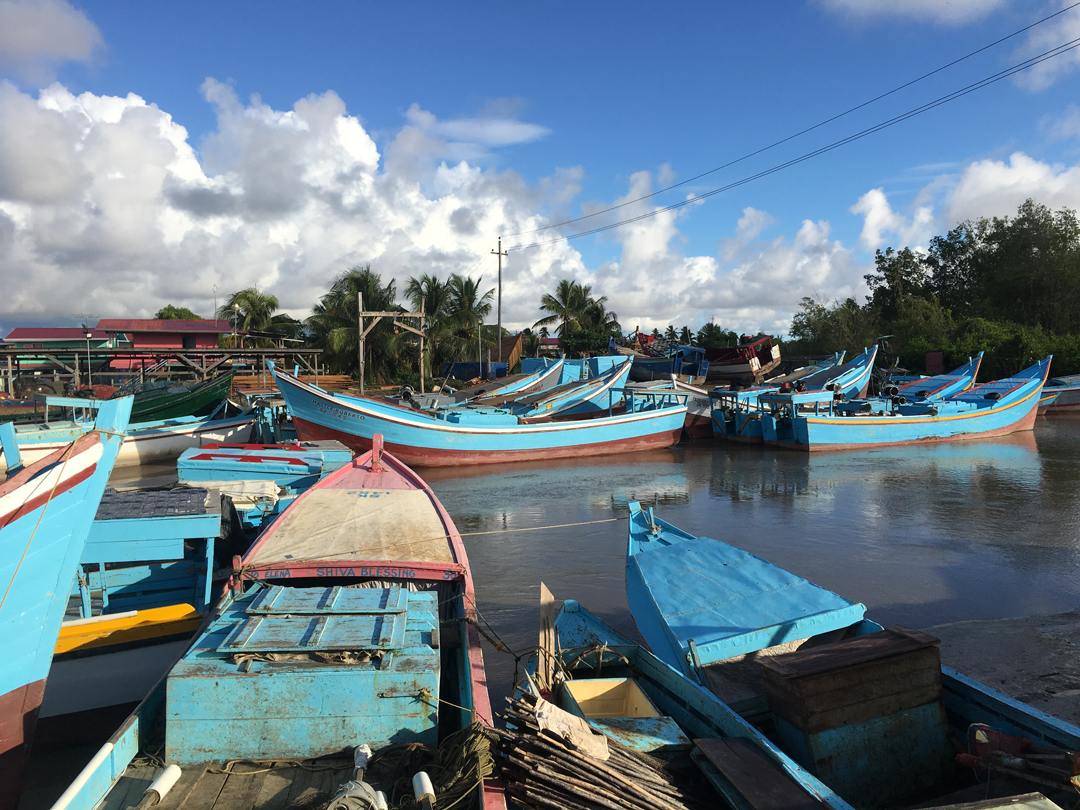
Photo © Diego Cardenosa

Photo © Diego Cardenosa
The last trip to Guyana left us with a much clearer sense of the shark fisheries around the country. After visiting several landing-sites it is clear that the largest one is Meadow Bank Wharf, in Georgetown, where more than 1500 pounds of sharks are landed every day. The vessels that catch the most sharks are large inboard boats with 3-mile-long gillnets that go to sea for around 2 weeks at a time. The high demand for shark meat keeps the price high enough for them to make a small profit with the catch. Our data also show that fishermen and local communities make practically $0 on shark fins, since they sell the entire animal by weight with an average price of $0.96 USD per pound.
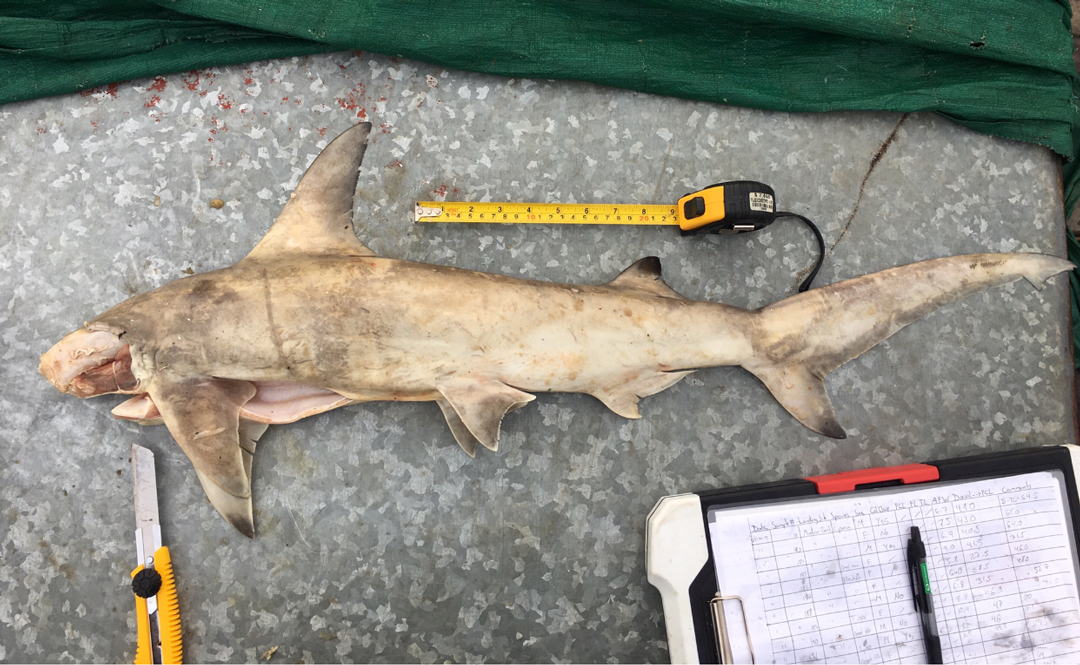
Photo © Diego Cardenosa
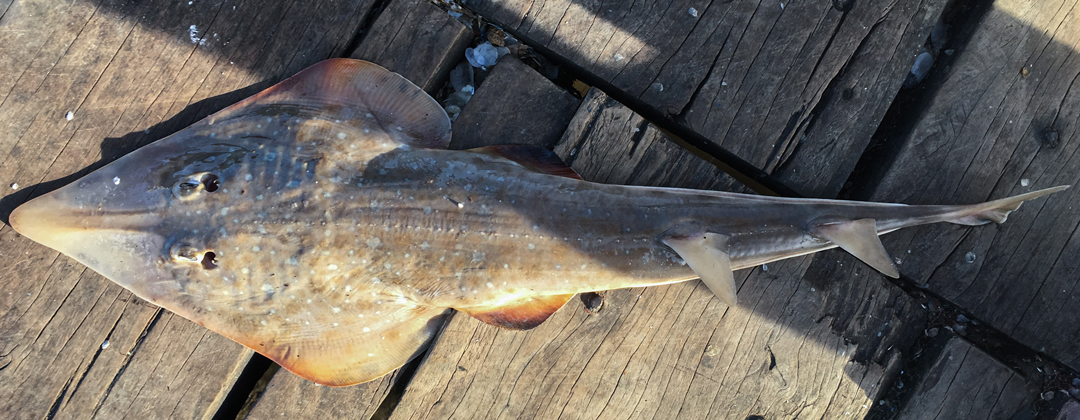
Photo © Diego Cardenosa
The data collected during this first year highlight the need for better monitoring and management of shark populations in this part of South America, where the Endangered scalloped (Sphyrna lewini) and great hammerhead sharks (S. mokarran), and the Critically Endangered smalltail shark (Carcharhinus porosus) are among the most common in the fishery. The data has been presented to the local CITES authorities, showing that the application of CITES Appendix II regulations do not impact the local communities, one of the major questions at the beginning of the project.
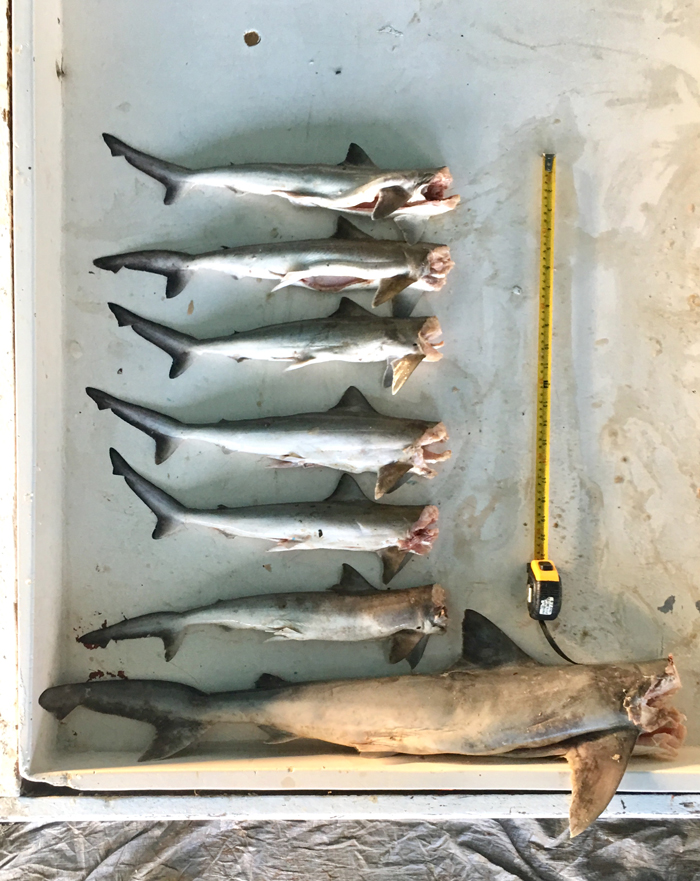
Photo © Diego Cardenosa
These results were used by the Guyanese CITES authorities during the last CITES CoP to vote in favour of the new shark and ray Appendix II listings.
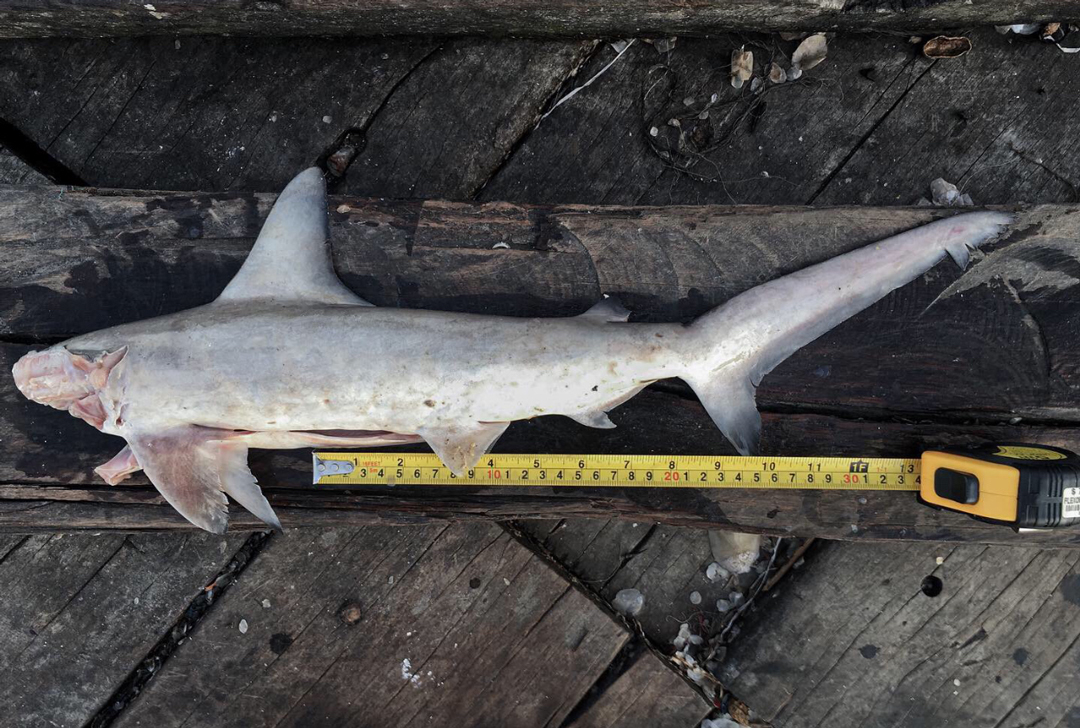
Photo © Diego Cardenosa
What’s next? For the next year, the work will be focused on monitoring the shark landings on a weekly basis and establish a method for assessing the total length of headless sharks for the most common species. The data will be used to assess the status of the most common species using length-frequency information to determine indicators of overfishing (i.e., length frequencies, number of mature individuals). This survey will provide the most comprehensive data set of Guyanese shark fisheries to data and will be used to design management actions and conservation measures for the most exploited species.
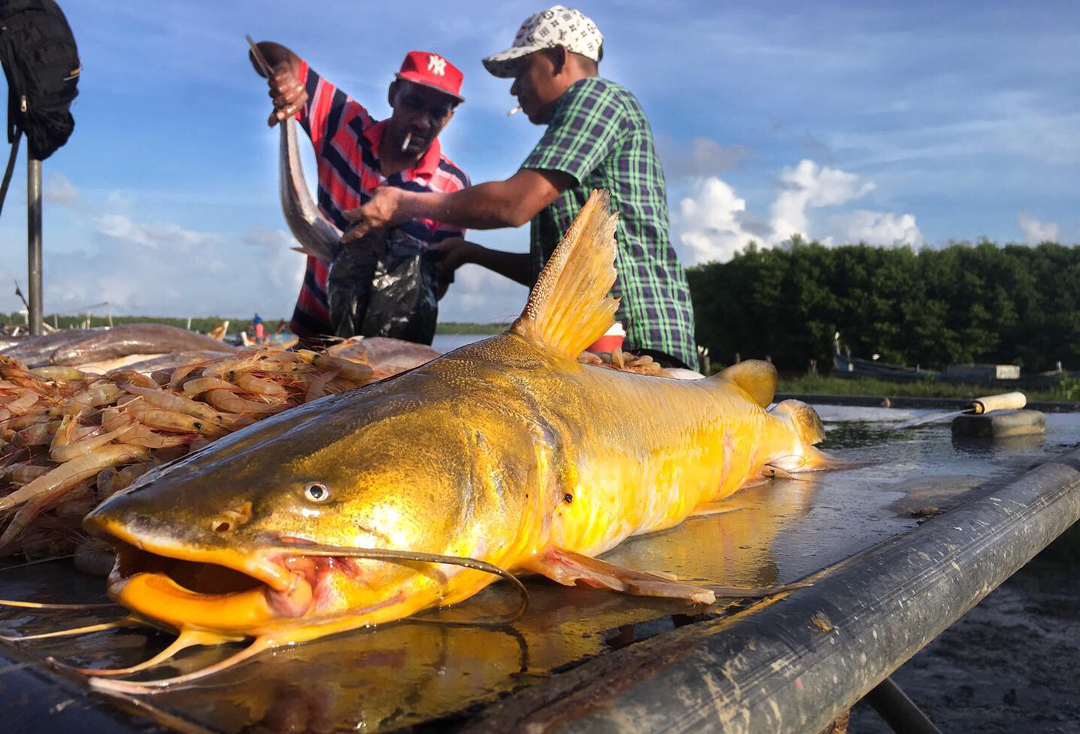
Photo © Diego Cardenosa
